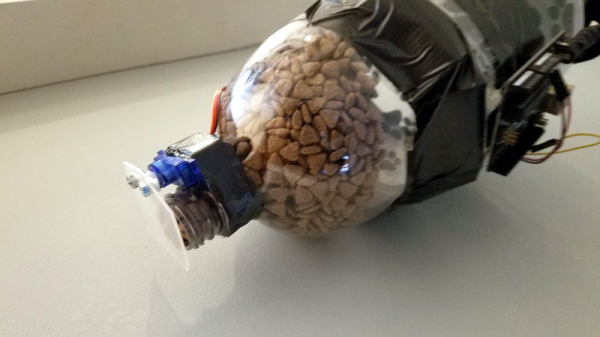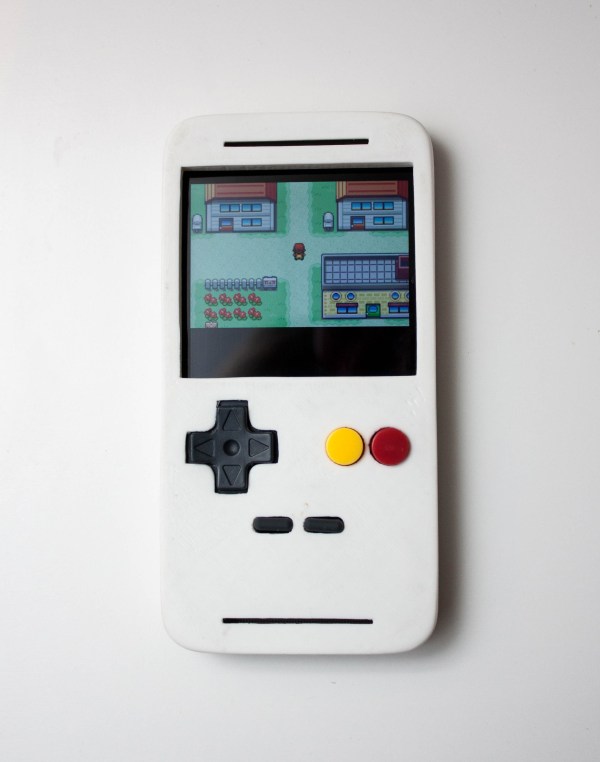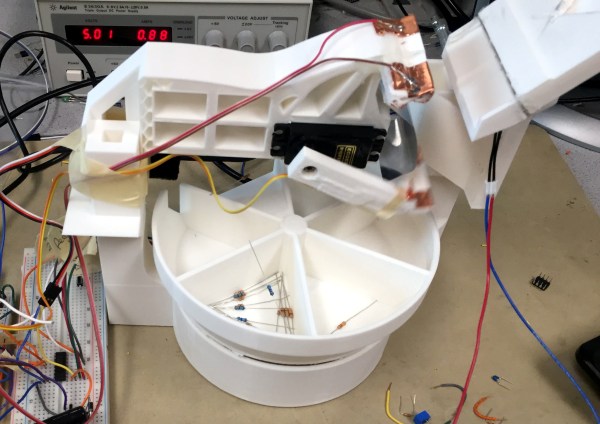The Chaos Communication Congress (CCC) is the largest German hacker convention by a wide margin, and it’s now in its thirty-third year, hence 33C3. The Congress is a techno-utopian-anarchist-rave with a social conscience and a strong underpinning of straight-up hacking. In short, there’s something for everyone, and that’s partly because a CCC is like a hacker Rorschach test: everyone brings what they want to the CCC, figuratively and literally. Somehow the contributions of 12,000 people all hang together, more or less. The first “C” does stand for chaos, after all.
What brings these disparate types to Hamburg are the intersections in the Venn diagrams. Social activists who may actually be subject to state surveillance are just as interested in secure messaging as the paranoid security geek or the hardcore crypto nerd who’s just in it for the algorithms. Technology, and how we use it to communicate and organize society, is a pretty broad topic. Blinking lights also seem to be in the intersection. But on top of that, we are all geeks. There’s a lot of skill, smarts, and know-how here, and geeks like sharing, teaching, and showing off their crazy creations.
Continue reading “33C3: Works For Me” →


















